There are currently 4 zoos in New Zealand located in Auckland, Wellington, Hamilton and Christchurch. The conditions for the animals are vastly improved from the less than satisfactory ones the poor animals suffered in past times.
From the mid-19th century, acclimatisation societies brought animals into New Zealand to establish populations for hunting. As well as deer and rabbits, these so-called animal friendly organisations also imported some exotic creatures that included emus, parrots, bears, monkeys and lions. These animal collections were put on display at Hagley Park in Christchurch, Wellington Botanic Gardens and the Auckland Domain and proved to be popular attractions.
FIRST ATTEMPT AT ESTABLISHING A ZOO
In 1909, Boyd’s Zoological Gardens opened to the public. It was a commercial enterprise established by John James Boyd in Upper Aramoho, Wanganui. For this enterprise, he imported a lion and lioness, a tigress, and breeding pairs of bears and black buck antelopes, together with four macaws, two vultures and two demoiselle cranes from a zoo in Hamburg. However Upper Aramoho proved to be the wrong location to attract enough people to make his business viable so in 1911 he moved to Auckland where there was no other zoo. John chose suburban Onehunga and purchased 6½ acres of land to display his animals. After Onehunga Borough Council issued a permit, Boyd’s Onehunga Zoological Gardens opened with great fanfare.
Initially, crowds flocked to see the animals and other entertainment attractions put on there. However before long the council began to receive residents’ complaints about the noise and smell emanating from the zoo. Presumably standards of hygiene and care for the animals’ welfare had deteriorated. In 1914 a lion escaped into Symonds Street and rampaged down Queen Street, terrifying some of Onehunga’s citizens. John’s son, Edward, was finally able to recapture it, but the council decided that the zoo must go. John Boyd was notified he must close his zoo or legal action would be taken. Finally, in 1922, he was forced to close and managed to sell some of his animals to private buyers. The rest would have to be put down unless Auckland City Council bought them for a new zoo somewhere else in the city. The City Council decided to save the animals, and they became the basis for the menagerie at the new Auckland Zoo which was opened on 16th December 1922 at Western Springs.
FIRST PUBLIC ZOO IN NZ
In 1906 Wellington City Council established New Zealand’s first public zoo, near Newtown Park. At first it housed just a kiwi, an emu and some monkeys. By the mid-1920s the zoo covered 13 hectares (32 acres) and held more than 600 animals, including six sea lions from the Auckland Islands, an Indian tiger and an Asian elephant. The first lion at Wellington Zoo was named King Dick, which was the nickname of then premier Richard Seddon. When the lion died in 1921, its body was stuffed and displayed at the Dominion Museum. To keep visitor numbers high, elephant rides, miniature train rides and performances from trained animals were provided for added entertainment. During the 1950s Auckland and Wellington zoos purchased trained chimpanzees from British zoos to perform daily tea parties. These proved very popular with visitors, but stopped by 1970, after it became impossible to acquire trained animals. I can remember being at Wellington Zoo to watch one of the last tea parties held there. I wasn’t impressed with the show as I felt sorry for the poor animals dressed up in frilly dresses and silly hats. It made a mockery of their intelligence so I was pleased that the performances were finally terminated to allow the monkeys to act as they were intended to.
ZOO CONDITIONS
Conditions at the two New Zealand public zoos were appalling. Animals were confined in barred enclosures with concrete floors, and were often fed an inadequate diet. Auckland Zoo regularly flooded and rats were ever-present. Even if cleared from the zoo, the rats soon repopulated it by simply crossing the road from the city dump. Animal deaths were frequent – for example, in 1930 over a third of Auckland Zoo’s animals died. Fortunately, today, animal welfare is a main consideration at all 4 Kiwi zoos. They are world leaders in breeding and conservation projects. The animals are treated with respect and housed in humane conditions in carefully designed enclosures. The zoos are also playing their part in preserving some species that are endangered in the wild. When I visited Auckland Zoo a number of years ago, there was a parrot who loved to shout at the top of his voice “F**** off!” He seemed to delight in the reaction from visitors who encouraged him to repeat the foul language over and over. You never know what you will see or hear at a zoo!!!
Ceidrik Heward
Ceidrik Heward is an Amazon TOP SELLING AUTHOR and has lived and worked in 7 countries working as a TV cameraman, director and film tutor. For the past 17 years he has focused on writing and has been published in magazines and newspapers in Europe, USA, Asia and the Middle East.
His interests include photography, psychology and metaphysics. He loves to read and always has at least 3 books on the go. He has written 22 manuals/books and has just completed his 4th short novel. Ceidrik believes sharing information and stories is the best way to stimulate the imagination and enrich our lives.

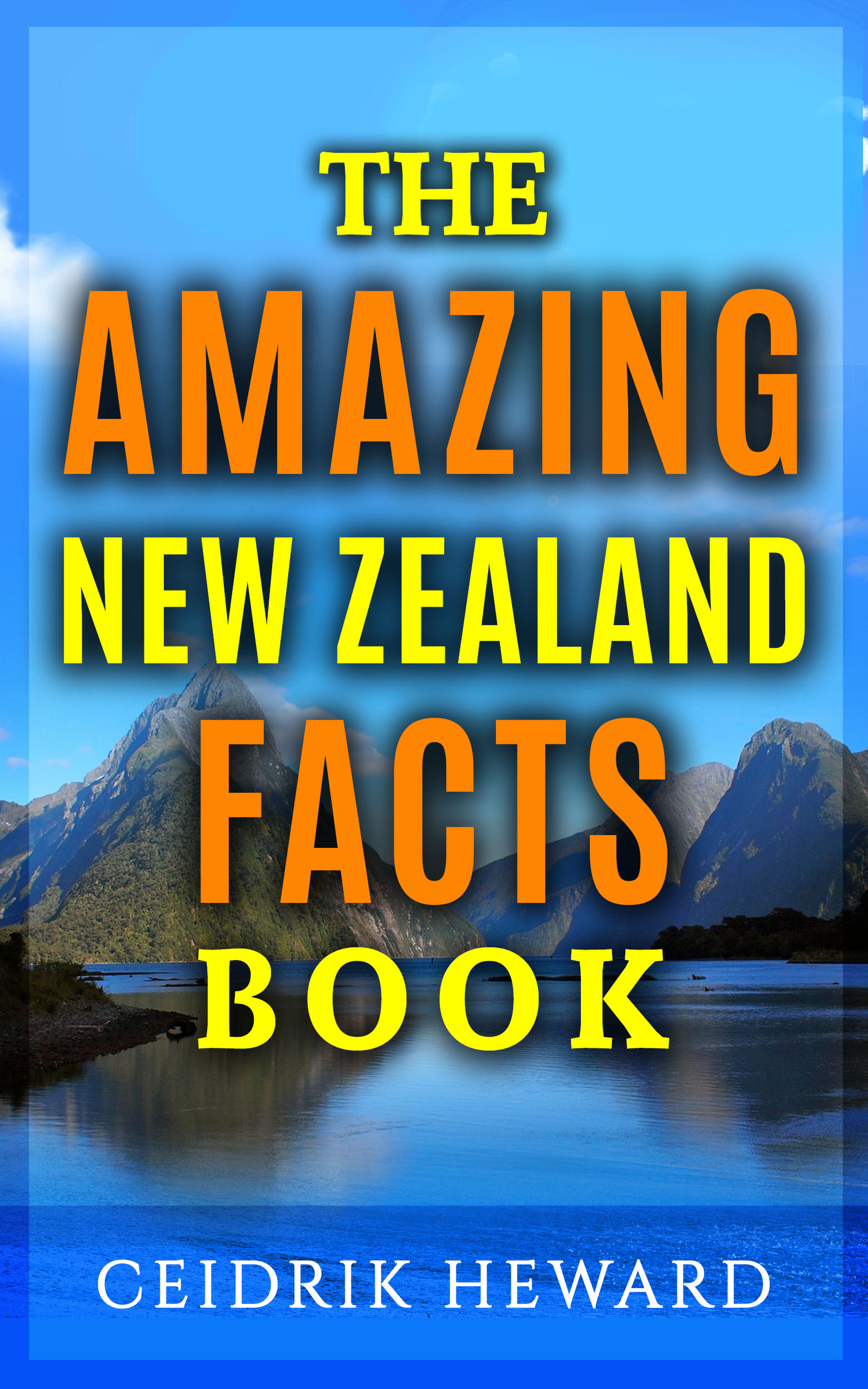
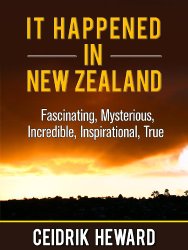
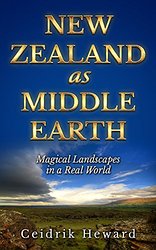
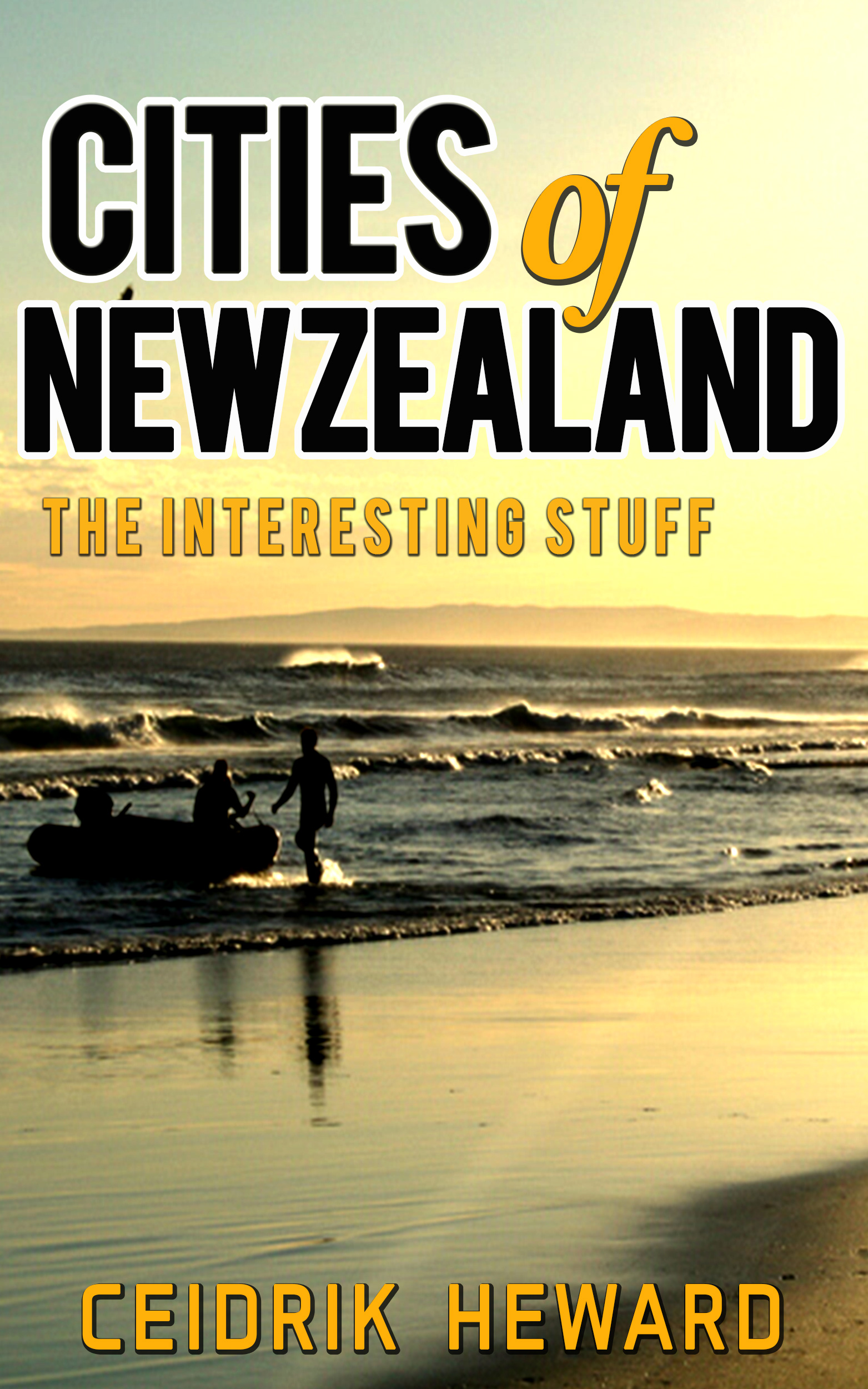

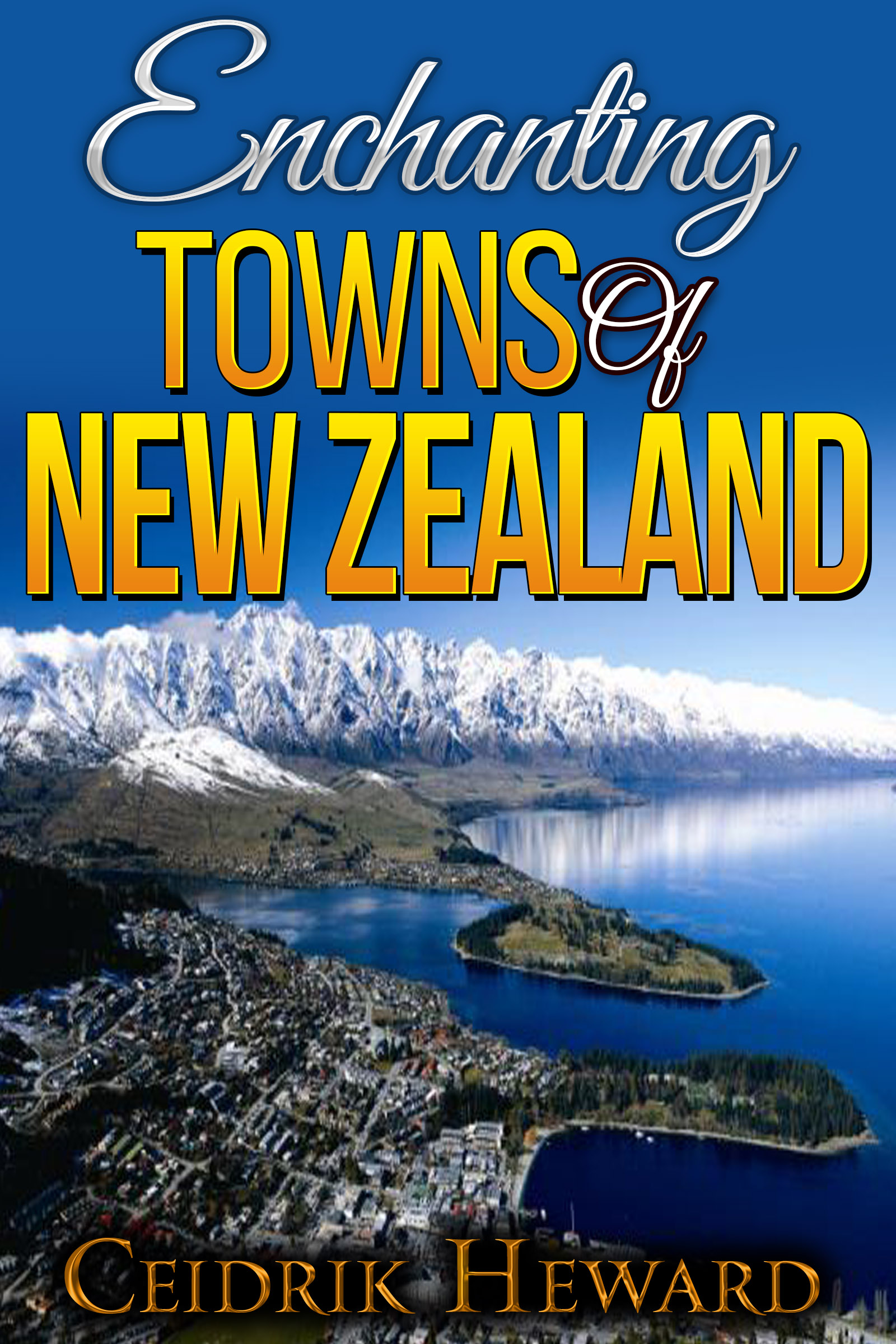
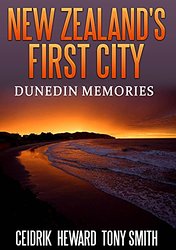

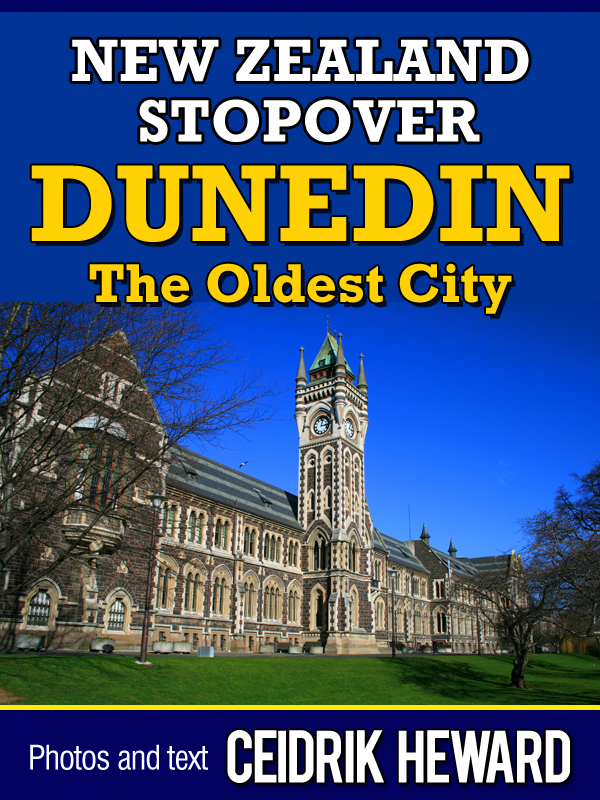


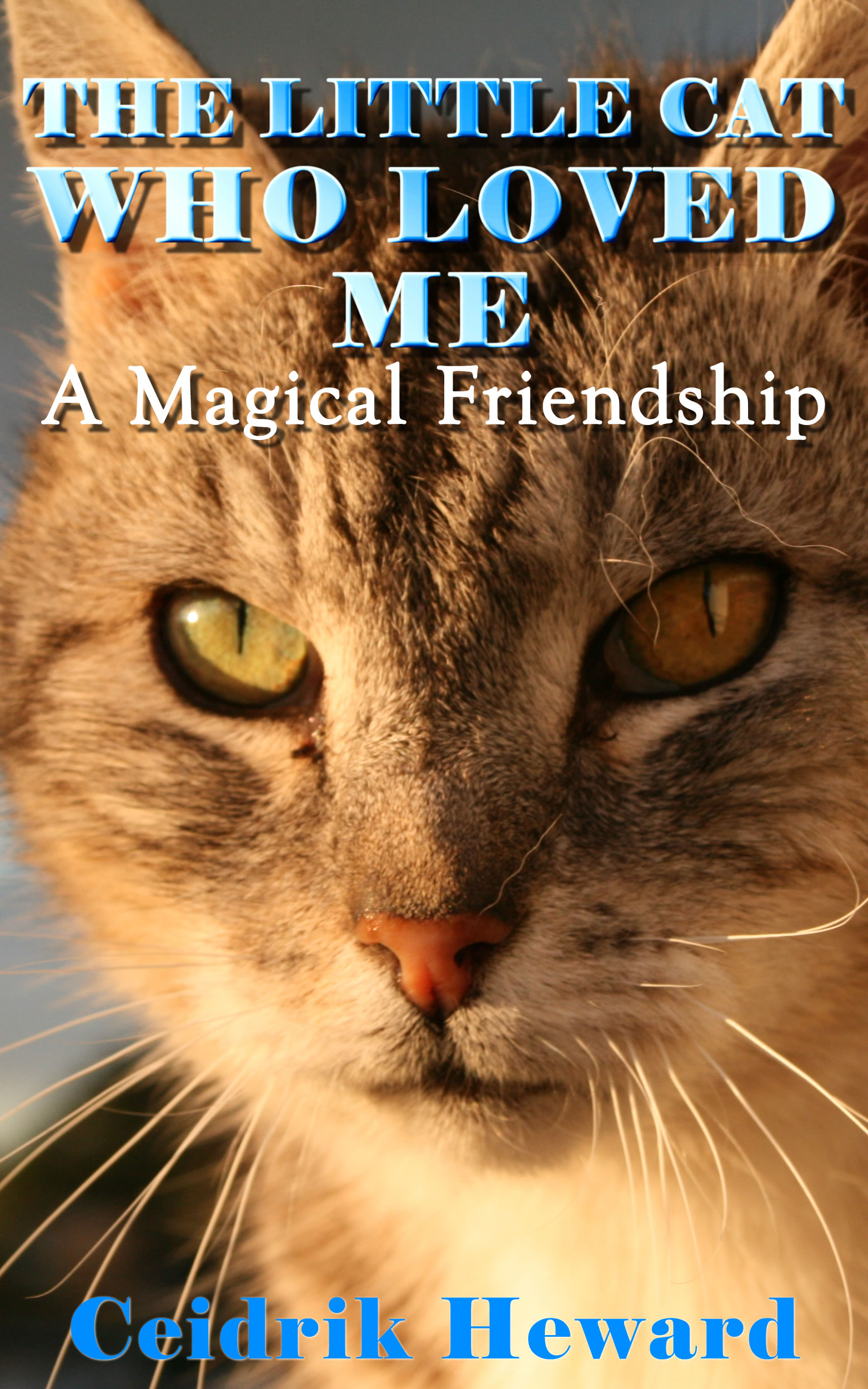








 Visit Today : 413
Visit Today : 413 Total Visit : 1133590
Total Visit : 1133590
Speak Your Mind